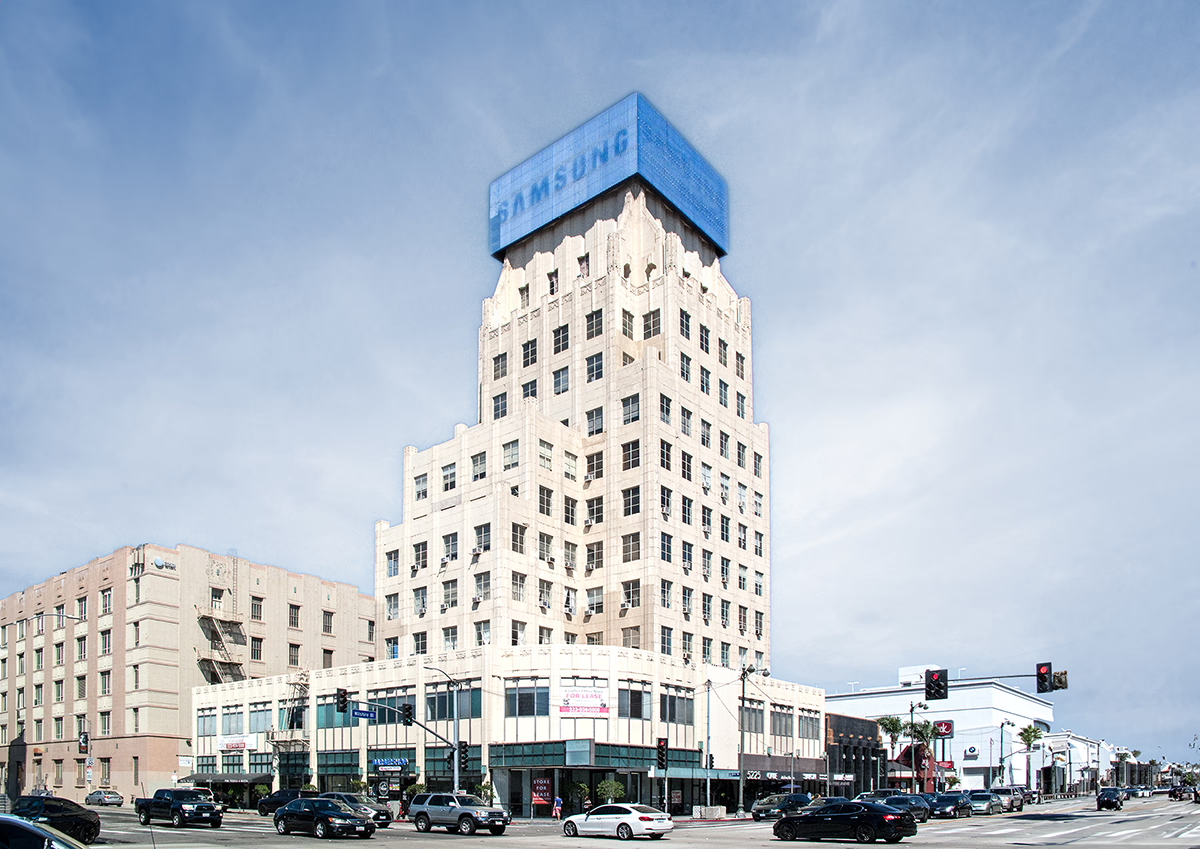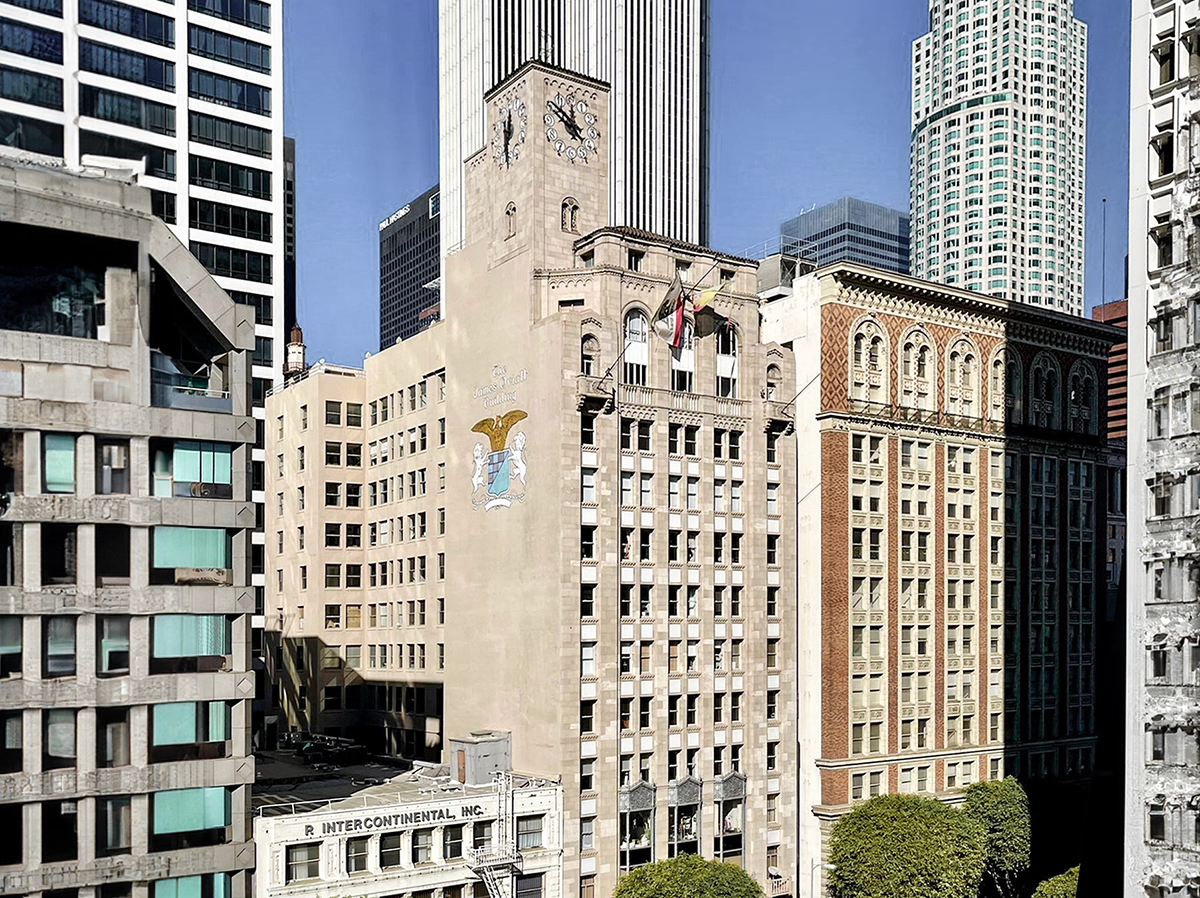E. Clem Wilson Building vs James Oviatt Building


Comparing the E. Clem Wilson Building and the James Oviatt Building is interesting because they both stand in Los Angeles, CA, and were completed just one year apart, but they were designed by different architects.
This offers a unique glimpse at how rival designers approached projects in the same city during the same era.
Height & Size
Architectural Style
Both the E. Clem Wilson Building and the James Oviatt Building were designed in line with the aesthetic conventions of the Art Deco style.
At the time, this style was at the height of its popularity. So both Meyer & Holler and Walker & Eisen followed what was in many ways expected of them, producing designs that fit comfortably within contemporary architectural norms, rather than breaking with convention.
Uses
Both the E. Clem Wilson Building and the James Oviatt Building were designed to serve as commercial towers, and that has remained their main use since their completion, serving similar roles in the urban fabric.
Structure & Facade
These two towers illustrate the many possible ways to combine structure and enclosure in skyscraper design.
| E. Clem Wilson Building | James Oviatt Building | |
|---|---|---|
| Meyer & Holler | Architect | Walker & Eisen |
| 1929 | Year Completed | 1928 |
| Art Deco | Architectural Style | Art Deco |
| Commercial | Current Use | Commercial |
| 13 | Floors Above Ground | 13 |
| 56 m | Height (m) | 49 m |
| Frame | Structure Type | Frame |
| Steel | Vertical Structure Material | Steel |
| Concrete | Horizontal Structure Material | Concrete |
| No | Facade Structural? | No |
| CA | State | CA |
| Los Angeles | City | Los Angeles |
| 5225 Wilshire Boulevard | Address | 617 S. Olive Street |